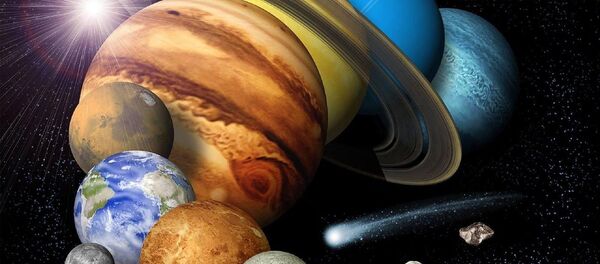As the scientists’ paper, published in the Proceedings of the National Academy of Sciences journal, describes, Neptune’s frozen guts are likely made up of a mixture of ammonia and water — a compound dubbed ammonia hemihydrate. The scientists from University of Edinburgh in the UK and Jilin University in China then concluded water, ammonia and methane likely made up the area between the core and the icy planet’s atmosphere.
The computer simulations, which subjected the virtual ingredients to the extreme condition of the ice giant’s mantle, showed that once the water and ammonia mixed together they reacted in an unexpected manner, and ammonia hemihydrate, a rare and little-understood compound, appeared before their goggle-wearing faces.
"This study helps us better predict what is inside icy planets like Neptune," Andreas Hermann, researcher in the study, said in a statement. "Our findings suggest that ammonia hemihydrate could be an important component of the mantle in ice giants, and will help improve our understanding of these frozen worlds."
Eager to continue their study on Neptune and similar big ‘uns like Uranus, the team is hoping to complete the planet’s unfinished image.
"Computer models are a great tool to study these extreme places, and we are now building on this study to get an even more complete picture of what goes on there," Hermann added.




